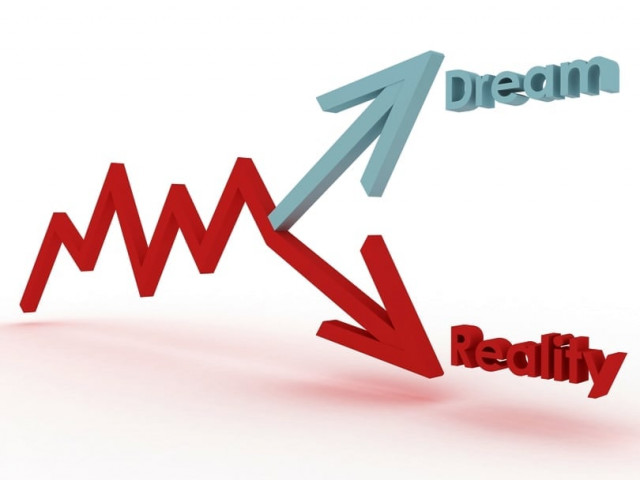Islamabad:
The United States is undergoing a major overhaul of its commercial policies, triggering a broader reshaping of world supply chains. Shape pricing hikes on key exporters such as China, India and Brazil oblige American importers to rethink their supply strategies.
This disturbance has a rare and precious opening for countries like Pakistan to intervene and gain market share. Chinese and Indian exports faced at average prices of 50% or more, the relatively low rate of Pakistan of 19% offers a clear competitive advantage. The critical question is whether Pakistan is ready to grasp this moment.
American importers are already removing the supply chains of countries at high prices, creating new opportunities for agile exporters. Pakistan, with its recent economic reforms reducing input costs and facilitating imports of equipment, is particularly well placed to capitalize on this commercial realignment.
After years of stagnant exports, this market disturbance presents a critical window to gain a foothold in the released market segments, especially when the competitiveness of the newly improved costs of Pakistan can offer immediate advantages.
The strongest export position in Pakistan in the United States lies in textiles and clothing, where it sends more than $ 5 billion in goods per year. In comparison, China exports $ 40 billion – clothes about $ 24 billion and $ 16 billion textiles – and India $ 9 billion with a balanced distribution of 50 and 50 between clothing and textiles.
Even a modest redirection of the orders of these countries to Pakistan could generate significant gains. The textile sector, given its existing base and infrastructure, remains the most immediate domain where Pakistan could quickly increase exports.
In addition to textiles and clothes, several other sectors are promising. Leather exports from Pakistan to the United States is currently amazing $ 171 million, while its world leather exports total $ 710 million, stressing that the country is competitive in this sector.
Likewise, the sports items industry, known for its world class football manufacturing, has exports close to $ 400 million and is well placed to develop with brand image and improved market access. The recent emergence of truck and bus radial tires as an export art to the United States is another positive point. With exports exceeding $ 100 million last year and more than 20% of annual sliding growth, it reflects the type of momentum which can be built with the right objective.
The Pakistan mobile assemblies sector represents one of its most blatant missed industrial opportunities. While mobile exports from India to the United States increased to $ 7.5 billion during the fiscal year 2024-25, fueled by tariff diversions in China, the $ 160 million in annual exports from Pakistan remain confined to low-end markets, despite the sharing of similar departure conditions.
The manufacturing policy of the 2020 mobile apparatus attracted 26 assemblers thanks to exemptions from component rights and local market protection, which stimulates import substitution (90% of domestic demand). However, this model focused on the interior, which failed spectacularly in the automotive sector, continues to stifle the export potential. Imports of components are now consuming $ 1.5 to 2 billion per year without generating significant currencies because assemblers hieved lucrative interior sales on competitive global integration.
The need for change is particularly essential in the engineering product sector where Indian exports to the United States represent around $ 18 billion, or 28% of their exports, compared to less than $ 0.5 billion in Pakistan, or around 7% of its exports. This sector must be released from the state of mind of substitution of obsolete importation always integrated into the government institutions concerned.
This is an opportunity to be missed not only on the economic and also strategic level, because engineering exports can help Pakistan to diversify its commercial base and reduce excessive dependence on traditional sectors of low added value. If this sector is freed from the micro -management of government agencies, it could become a key engine of export growth and industrial upgrading.
The World Trade Order knows its deepest transformation in a generation, offering Pakistan a critical opportunity to reshape its economic future. The daring reforms in this year’s budget, in particular the rationalization of prices, already give promising results: a record increase of 17% monthly export and growth of 42% of customs and other taxes on imports, marking the highest gains in a single month of recent history.
If it is premature to draw long -term conclusions from one month data, these first indicators align themselves with economic modeling which predicted the advantages of greater opening, validating the management of the reform. Critics that are closely focused on deficits ignore a fundamental truth of development economy: short -term strategic deficits have systematically served as necessary investments in emerging economies in order to achieve sustainable prosperity, as demonstrated by the trajectories of China, Vietnam and other success stories.
The writer is a member of the US tariff steering committee. Previously, he was Ambassador of Pakistan to the WTO and the FAO representative to the United Nations




